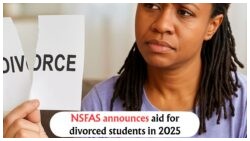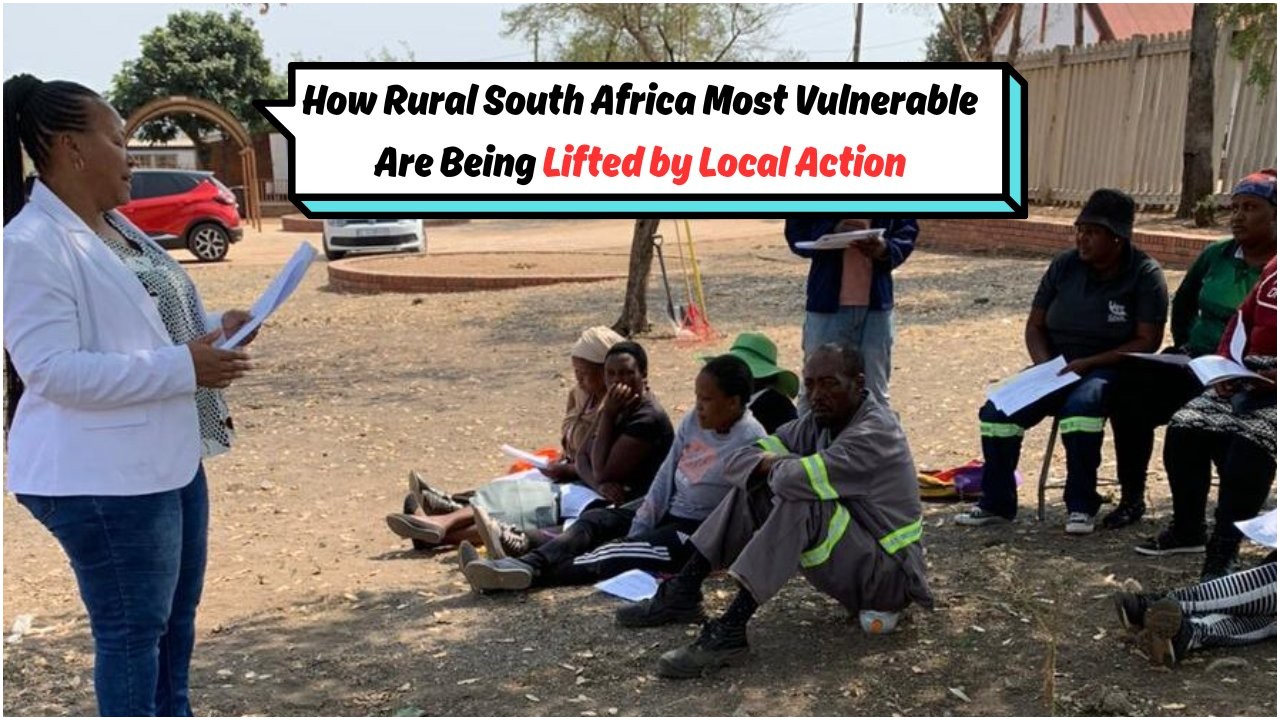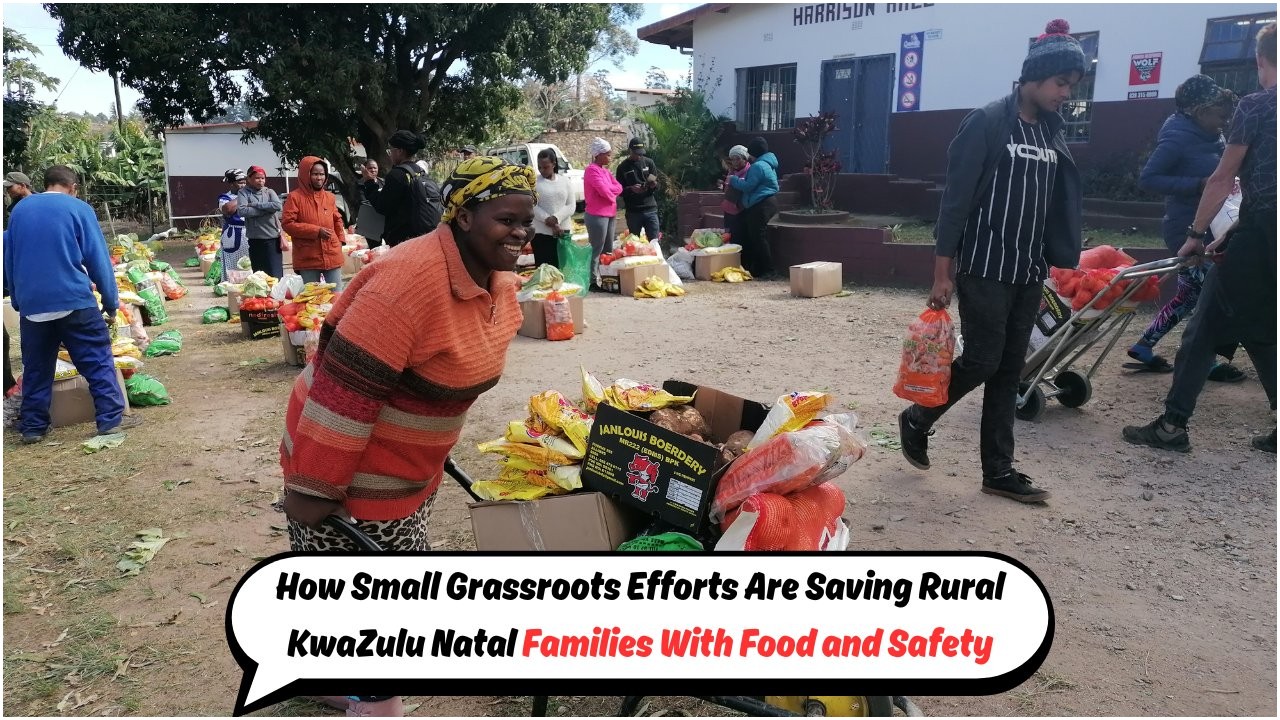Stage 4 Load Shedding in South Africa: As South Africans brace for the return of Stage 4 load shedding, the familiar routine of planning around power outages once again becomes a part of daily life. Eskom, the national power supplier, has confirmed the escalation due to increased demand and unforeseen breakdowns at key power stations. Residents across the country are now scrambling to check the latest load shedding schedules to determine when their areas will be affected. This phase of load shedding, characterized by four-hour outages, poses challenges not only to households but also to businesses struggling to maintain operations without consistent electricity supply.
Understanding Stage 4 Load Shedding
Stage 4 load shedding is a controlled process implemented to prevent the national grid from being overwhelmed. During this stage, a significant portion of the country experiences rotational power cuts to stabilize electricity supply. This level of load shedding means that approximately 4,000 MW needs to be shed from the grid, affecting millions across South Africa. The process involves scheduled outages that can last up to four hours per session, repeating multiple times a day. Understanding the schedules and preparing for these outages is crucial for minimizing disruption to daily activities.
- Stage 4 is implemented when demand exceeds supply by 4,000 MW.
- Power cuts occur in rotational blocks, affecting various areas at different times.
- Schedules are typically published by Eskom and municipal websites.
- Businesses and households must adapt to maintain productivity.
- Generators and alternative energy sources are often used as backups.
Impact on South African Communities
The effects of Stage 4 load shedding ripple through South African communities, influencing both urban and rural areas. In urban centers, businesses face significant challenges in maintaining productivity without a stable power supply. Retailers, manufacturers, and service providers must invest in costly alternatives like generators or solar installations to mitigate the impact. Meanwhile, in rural areas, the lack of electricity disrupts essential services, including healthcare and education, leading to broader socioeconomic challenges.
Strategies for Coping with Load Shedding
| Strategy | Details | Benefits |
|---|---|---|
| Invest in Generators | Purchase or rent generators for backup power. | Ensure continuity of business operations. |
| Use Solar Power | Install solar panels to harness renewable energy. | Long-term cost savings and energy independence. |
| Adopt Energy Efficiency | Implement energy-saving practices and devices. | Reduce overall electricity consumption. |
| Plan Around Schedules | Organize activities during non-shedding times. | Minimize disruption to daily routines. |
| Community Initiatives | Collaborate with neighbors for shared resources. | Strengthen community resilience. |
How Businesses Can Adapt
| Business Type | Challenge | Solution |
|---|---|---|
| Retail | Power outages affect sales systems. | Use mobile point-of-sale systems. |
| Manufacturing | Interrupted production lines. | Schedule shifts around outages. |
| Healthcare | Power cuts impact equipment. | Install UPS systems for critical tools. |
| Hospitality | Customer service disruption. | Invest in backup power solutions. |
| Education | Online learning affected. | Provide offline resources. |
Latest Load Shedding Schedules and Updates
Access to up-to-date load shedding schedules is vital for effectively managing the disruptions caused by Stage 4 load shedding. Eskom typically releases these schedules in advance, allowing individuals and businesses to plan accordingly. Municipalities also play a crucial role in disseminating this information to their residents. Staying informed through official channels is essential to avoid unexpected outages and to prepare for periods without electricity.
- Eskom updates schedules regularly on their website.
- Check with local municipal websites for regional variations.
- Install load shedding apps for real-time alerts.
- Subscribe to SMS notifications from service providers.
- Use social media for community updates.
- Regularly back up important data to avoid loss.
Community Support During Load Shedding
During these challenging times, community support becomes a valuable asset. Neighborhood groups and local organizations often come together to provide mutual aid, sharing resources like generators and water storage solutions. Community centers may open their doors to offer a place for residents to charge devices or access necessary services. By fostering a spirit of cooperation and resilience, communities can better navigate the hurdles of load shedding.
- Establish community WhatsApp groups for updates.
- Share generator power with neighbors.
- Organize local food distribution during outages.
- Create shared charging stations for electronic devices.
- Offer support to vulnerable members of the community.
FAQ Section on Stage 4 Load Shedding
What is Stage 4 load shedding?
Stage 4 load shedding involves rotational power cuts to reduce the demand on the national grid by 4,000 MW.
How long do Stage 4 outages last?
Typically, outages last for up to four hours per session and can occur multiple times a day.
How can I find my load shedding schedule?
Schedules are available on Eskom’s website and through municipal websites.
What are some ways to mitigate the impact of load shedding?
Investing in generators, using solar power, and adopting energy-efficient practices can help mitigate the impact.
How does load shedding affect businesses?
Businesses face productivity challenges and may require alternative power solutions to maintain operations.









